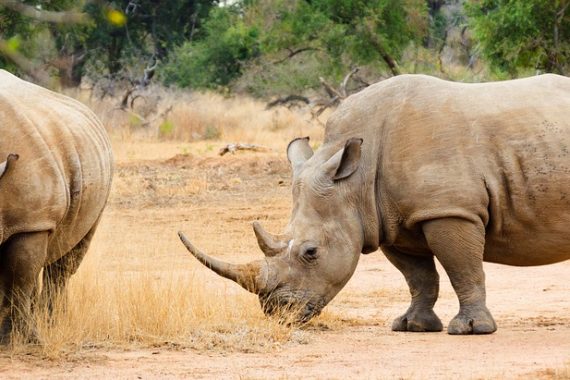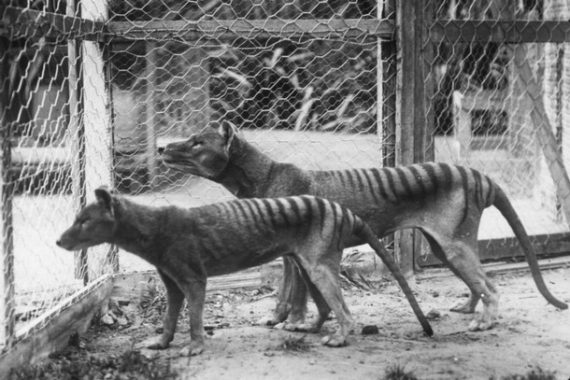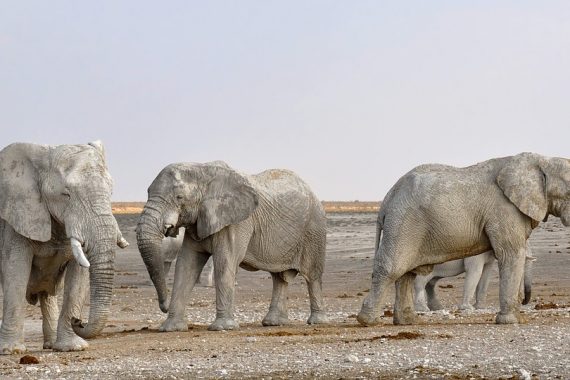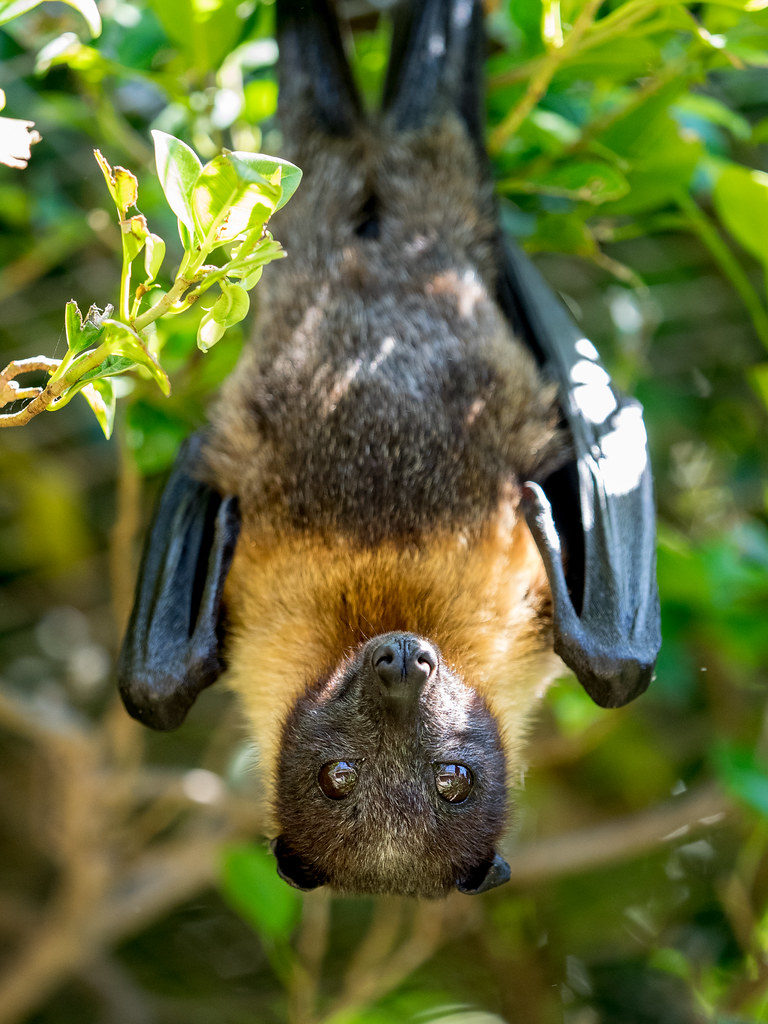
Lyle’s Flying Fox at Zoo Lagos, Portugal
Bats are critical to the health of many environments. The Flying Fox are the largest bats in the world, termed macrobats. They are also known as Fruit bats, due to their diets. This animal is critical to many plants for their ability to pollinate and spread seeds. With the current extinction crisis, the loss of these animals can, and in some instances, have devastating affects to the natural biome.
Flying Fox Origins
The earliest known bat was called Onychonycteris finneyi
- Date back 52 million years
- Could not sustain flight, but would flutter
- Did not have ability to echolocate like many microbats (smaller bats)
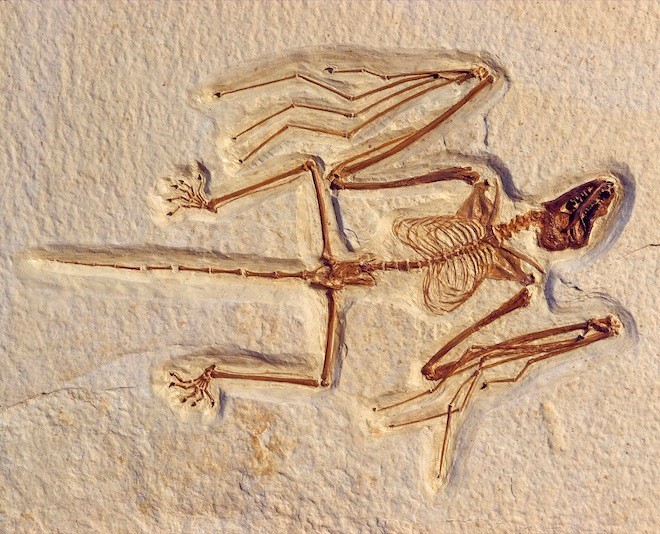
Overall, bats do not fossilize well due to their brittle bones. However, like the above image, some skeletons are found. Why or when bats began to specialize in sustained flight, ability to echolocate and other unique abilities is not known. Currently, there are over 1200 species of bats throughout the world.
Flying foxes are thought to have emerged roughly 14 million years ago in Southeast Asia. Today there are 65 species of Flying foxes. They belong to the family Megachiroptera of megabats. Of these, half are endangered, and some like the Guam Flying Fox have gone extinct.
Flying Fox Physiology
Flying Foxes live approximately for 15 years in the wild. In captivity some Flying Foxes can live up to 25 years.
- The largest Flying Fox, or ‘Greater Flying Fox’ is called Pteropus Vampyrus
- Largest bat in the world
- Wingspan: 1.5 M (5 feet)
- Weight: 6 to 1.5 kg (1.5 to 2.5 lbs)
- Body length: 30 cm (1 foot)

- Smallest Flying Fox is called the ‘Little Red Flying Fox’ and is still larger than many microbats with a 1-meter (3 feet) length span
- Diets of Flying foxes include fruit, nectar, pollen, and blossoms; again, critical for many plants
- Flying foxes live on many Pacific Islands, Southeast Asia, Australia, and Eastern Africa.
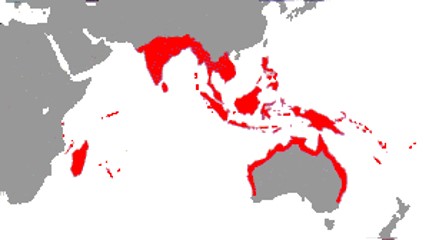
Bat Conservation
Of the 1200 species of bats, 26 species are critically endangered, 52 are endangered, and 954 species are threatened with extinction. These data are truly worrisome.
Bats are not only critical for environmental health, they also provide significant benefits for humans. For example, bats are thought to help farmers in the United States by providing up to a $53 billion in insect control. This means farmers need to spray less insecticides on their crops. Additionally, bats help control insect populations that can potentially spread disease.
The absence of Flying foxes has had a direct affect on the biome of the island of Guam. Many other animals have also gone extinct on Guam due to invasive species introduction and human hunting. One example of negative consequences are on Guam there are 40x more spiders today when compared to neighboring islands.
Conservation Tip
Bats typically live in the equatorial region of the planet. In portions of the world, specifically SouthEast Asia, much of the natural landscape, including many rainforests are being cleared for agriculture production. One major crop being developed is palm oil. Recently, palm oil plantation development have been directly linked to the serious decline of the orangutan. One way to support the preservation of these landscapes for Flying Foxes and many other species, there are Palm Oil Apps people can use to either avoid buying palm oil completely or buy environmentally friendly palm oil.
Organizations to Support

